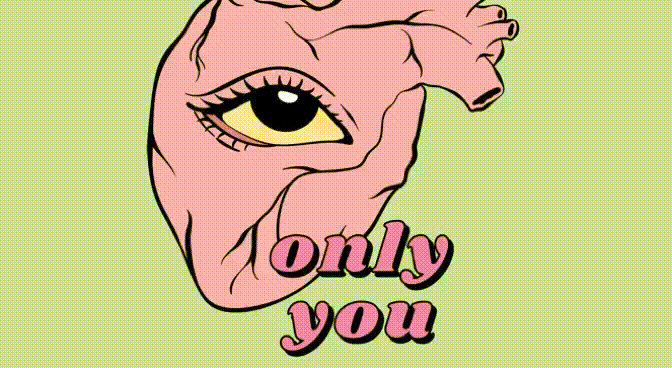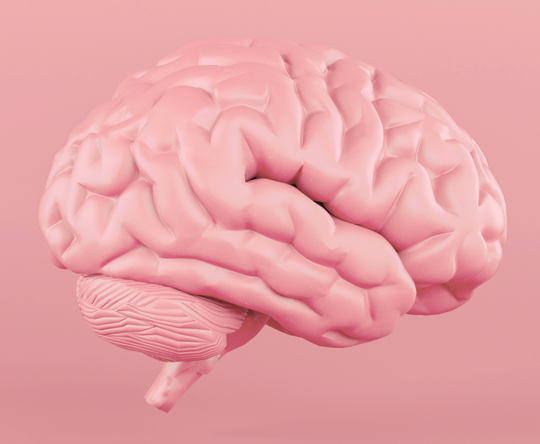More than a third of the human brain is dedicated to processing the visual information it receives through the eyes
The eyes are, after the brain, our second most complex and most productive organ, made up of more than 2 million parts that can process about 36,000 bits of information every hour. The muscles in our eyes are active even when we sleep. The eye is connected to the brain by the optic nerve, and Stanford University neuroscientists estimate that more than a third of the human brain is dedicated to processing the visual information it receives through the eyes.
The amount of light that enters the eye is controlled by the pupil, the opening in the middle of the iris. Because the front of the eye is curved, the lens bends the light that comes in, creating an upside-down image on the retina. When the image reaches the retina, it is converted into a nerve impulse and travels to the brain via the optic nerve, which rotates it the way we ultimately see it.
“Somehow the brain can interpret these electrical signals to say, ‘Wow, that’s a fast-moving car coming my way — I’d better get back on the sidewalk,” points out Andy Huberman from Stanford.
QUIZ
SUFFERING FROM DRY EYE SYNDROME? ANSWER THESE QUESTIONS AND FIND OUT HOW TO PREVENT IT AND WHAT TO DO WHEN YOU ARE ALREADY FEELING THE SYMPTOMS
QUIZ





